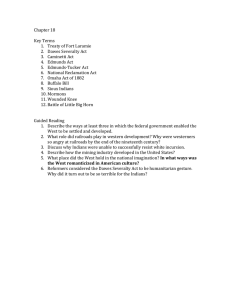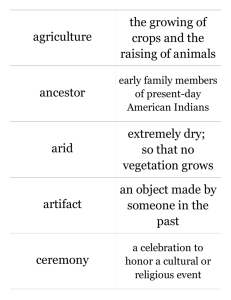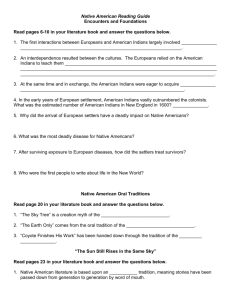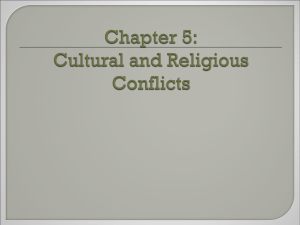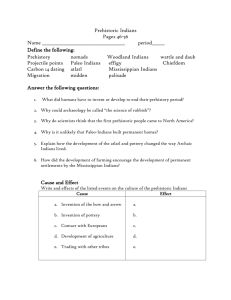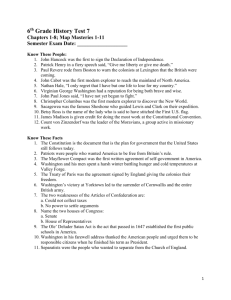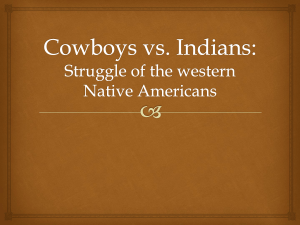Situation of Native Americans by 1917
advertisement
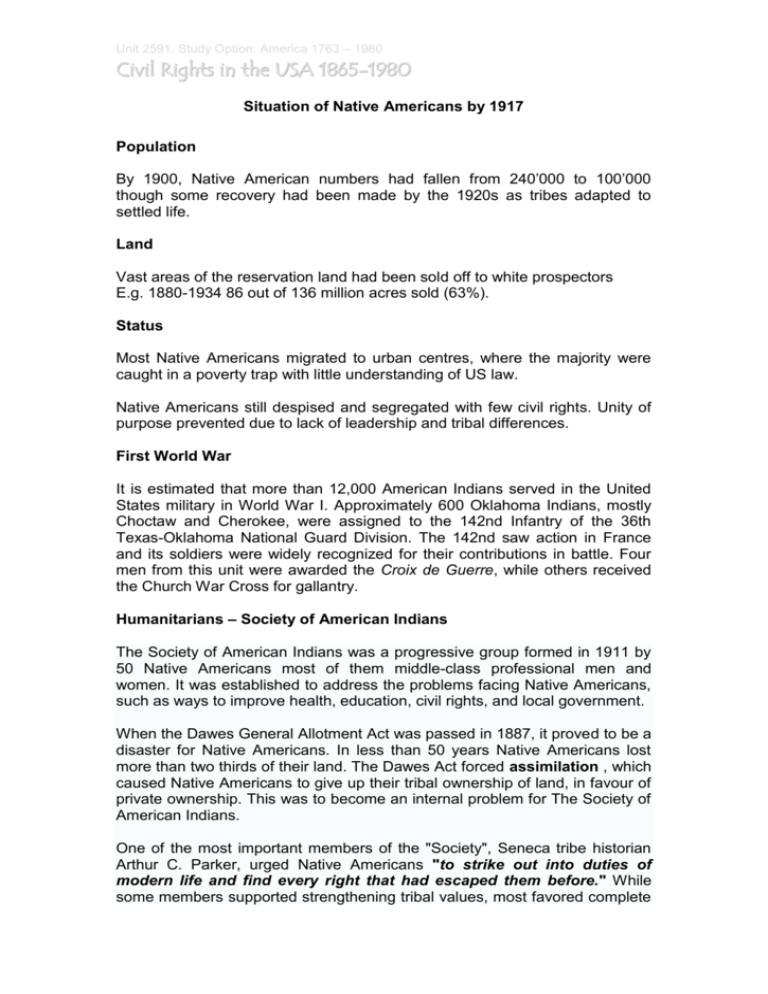
Unit 2591. Study Option: America 1763 – 1980 Civil Rights in the USA 1865-1980 Situation of Native Americans by 1917 Population By 1900, Native American numbers had fallen from 240’000 to 100’000 though some recovery had been made by the 1920s as tribes adapted to settled life. Land Vast areas of the reservation land had been sold off to white prospectors E.g. 1880-1934 86 out of 136 million acres sold (63%). Status Most Native Americans migrated to urban centres, where the majority were caught in a poverty trap with little understanding of US law. Native Americans still despised and segregated with few civil rights. Unity of purpose prevented due to lack of leadership and tribal differences. First World War It is estimated that more than 12,000 American Indians served in the United States military in World War I. Approximately 600 Oklahoma Indians, mostly Choctaw and Cherokee, were assigned to the 142nd Infantry of the 36th Texas-Oklahoma National Guard Division. The 142nd saw action in France and its soldiers were widely recognized for their contributions in battle. Four men from this unit were awarded the Croix de Guerre, while others received the Church War Cross for gallantry. Humanitarians – Society of American Indians The Society of American Indians was a progressive group formed in 1911 by 50 Native Americans most of them middle-class professional men and women. It was established to address the problems facing Native Americans, such as ways to improve health, education, civil rights, and local government. When the Dawes General Allotment Act was passed in 1887, it proved to be a disaster for Native Americans. In less than 50 years Native Americans lost more than two thirds of their land. The Dawes Act forced assimilation , which caused Native Americans to give up their tribal ownership of land, in favour of private ownership. This was to become an internal problem for The Society of American Indians. One of the most important members of the "Society", Seneca tribe historian Arthur C. Parker, urged Native Americans "to strike out into duties of modern life and find every right that had escaped them before." While some members supported strengthening tribal values, most favored complete Unit 2591. Study Option: America 1763 – 1980 Civil Rights in the USA 1865-1980 assimilation. The "Society's" moderate positions on most local issues led to disputes among members, thus weakening the organization. The "Society" publicised the accomplishments of famous Native Americans such as Olympic gold medalist Jim Thorpe, and lobbied against the use of such derogatory terms as "buck" and "squaw." One member Dr. Carlos Montezuma, a Yavapai-Apache, urged the "Society" to criticize the Bureau of Indian Affairs for mismanagaging reservations. Most "Society" members refused to take such a strong anti-government stand, and the groups influence dwindled after 1923. While the "Society" didn't last long, it provided a forum for Indian leaders and a basis for later attempts to improve conditions for Native Americans. Founded by a group of Indians who possessed both strong tribal loyalty and important connections with the white world, the Society of American Indians was founded in 1911, campaigning for greater educational and health opportunities. In the end, the society lacked the resources and the broad public support needed to make its promises reality. This photograph is of a society banquet attended by both whites and Indians in Philadelphia in 1914.
